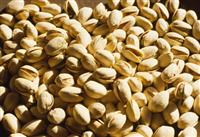
Learn to Grow A wide Variety of Nuts
The content of this course is very similar to the "Growing Nuts" course, except this deals exclusively with nuts grown in the tropics and sub-tropics.
There is a huge market for tropical nuts such as Macadamia, and more being nuts are being cultivated each year into the market.